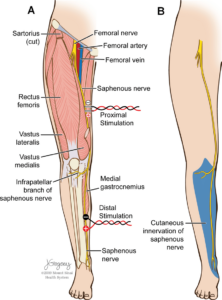Dr Alex Ritza | Downtown Toronto Chiropractor
It is the end of a long day but a productive one. You had a busy day at work, managed to sneak in a “leg day” at the gym and are excited that you lifted a little more weight at the gym and felt a little better during your cardio. You are hovered over the bathroom sink keeping your pearly whites clean and bend forward towards the mirror to make sure you didn’t miss a spot – then it happens – pop – OUCH – dagger to the back – you throw your back out.
After all you put your back through today, you put it into spasm with the most innocuous of movement! Maybe you or a family member have experienced this? If not it is bound to happen to you or a family member during your lifetime.
How is it that simple movements like picking up a pencil, loading the dishwater or brushing out teeth result in acute back pain episodes despite all the other stress we place on our spine.
I am going to help you understand how, why and what you can do about. It is shocking how similar the answer is the everyone’s favourite 2000’s movie The Matrix
Spinal Cord = Information Super Highway
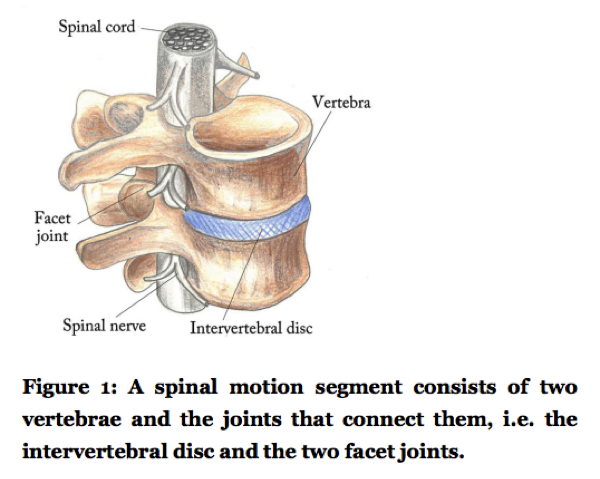 We chiropractors focus on your spine a lot not because it is cool (which it is!) but because it is the moveable protective armour for the delicate spinal cord
We chiropractors focus on your spine a lot not because it is cool (which it is!) but because it is the moveable protective armour for the delicate spinal cord
And the spinal cord is like a nerve highway full of information flowing between the brain and the body.
We know that our brain is the master and commander of the body and nothing can happen without it sending out and receiving the correct signals from our skin, muscles, joints, and organs. If there is a traffic jam anywhere between the brain and these tissues, we can’t function at our best – or in some cases function at all!
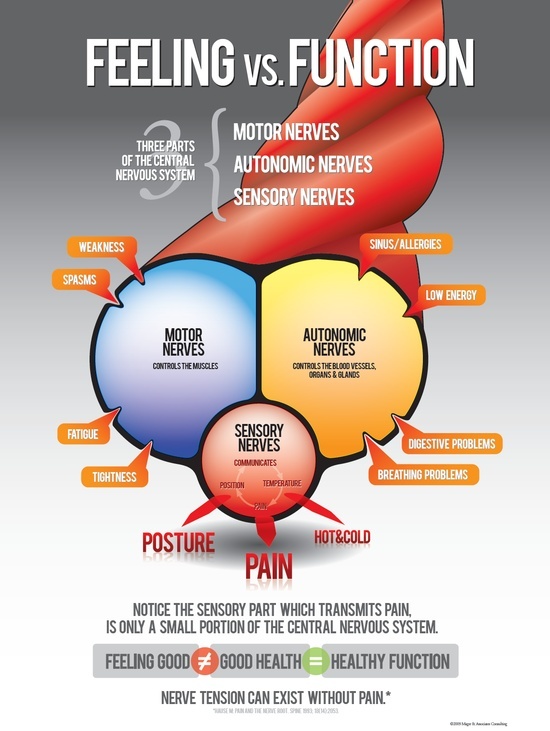
An individual unit of the spine is called a spinal segment, which consists of two vertebrae and the joints that connect them. There are generally three joints that connect two vertebrae in the spine. The biggest one is the intervertebral disc, or shock absorber, between the two vertebrae. The other two joints are called facet joints – I adjust these!.
The highway that is the spinal cord sends of spinal nerves that exit from the spinal cord between the vertebrae and carry information to and from the brain to the skin, muscles, joints, and organs in various regions of the body. Think of theses as the streets and avenues connected to the highway that help signals reach there destination.
In example: the brain sends signal down the spinal cord to a specific nerve to move a muscle – it moves – the muscle sends a signal back to the brain that it moved, how much it moved, how fast it moved and where it moved to
An example: The brain sends a signal down the nervous system to release some digestive enzymes in your gut – the enzymes digest the food – your gut sends a signal back to the brain that these is no more food to digest and to stop releasing those digestive enzymes
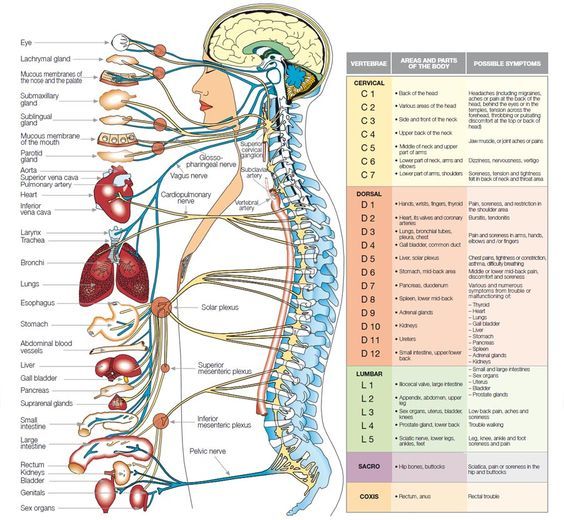 The nervous system is relaying billions and billions of signals between the organs in the body and the brain so that we can constantly adapt perfectly to our environment.
The nervous system is relaying billions and billions of signals between the organs in the body and the brain so that we can constantly adapt perfectly to our environment.
It is a little bit like having a conductor (your nervous system), and the orchestra (the body) working collaboratively to play the perfect ballad. You must have perfect communication between the master conductor and the orchestra in order to perform at your best. Even if you have the best orchestra of muscles, joints, organs etc possible, they can’t do their job without the correct signals to instruct them.
Can a strong muscle be strong if it is not powered on fully by its respective nerve – NO!
So why is it that you could be living in the matrix? Spoiler Alert
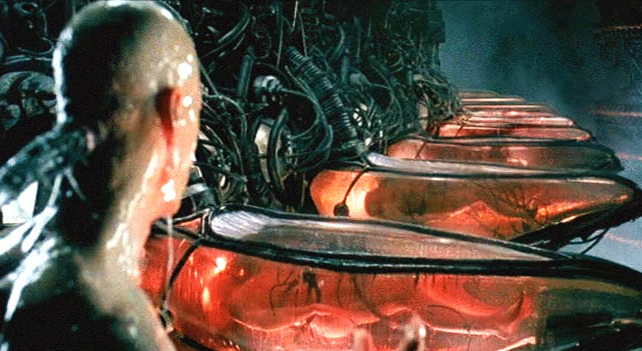
If you ever saw The Matrix, you will remember that machines were hacking into human’s nervous system and using a computer program to create a false reality contrary to what was actually going on. Humans thought they were living out their lives versus actually lying in a gross tub of guu! Gross!
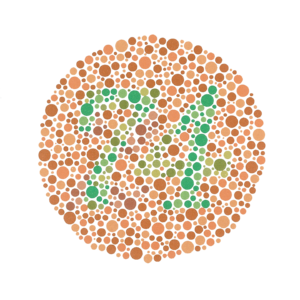
Put another way, our inner and outer reality is simply our perception of the environment via information from our sensory organs, interpreted by our brain with the filters of our past experiences and learning, our expectations, and so on
Based on this, wouldn’t it be fair to say that we can only interpret the environment to the extent that our nervous system detects and communicates its findings to the brain. If you have schizophenria and your brain tells you that you see a goblin then your reality is that you see a goblin!
What I am going to show you is that like in The Matrix your own inner reality may not reflect what is really going on in and around you if your nervous system is not relaying the correct signals.
If your spine is dysfunctional and your nervous system is relaying the correct signals, not only will you experience more pain, but also a host of other health issues you might not even be aware of!
HOW IS YOUR POSTURE RIGHT NOW?
COULD IT BE A LITTLE BIT BETTER?
WANT TO DRAMATICALLY IMPROVE YOUR POSTURE IN TWO WEEKS WITH OUR “POSTURE SELF ASSESSMENT TOOL“?
SEND ME THE GUIDE
Nervous System Traffic Jam?
So if your spinal cord is the highway that allows your magnificent brain to communicate with and control your body, what happens when there is a traffic jam!?
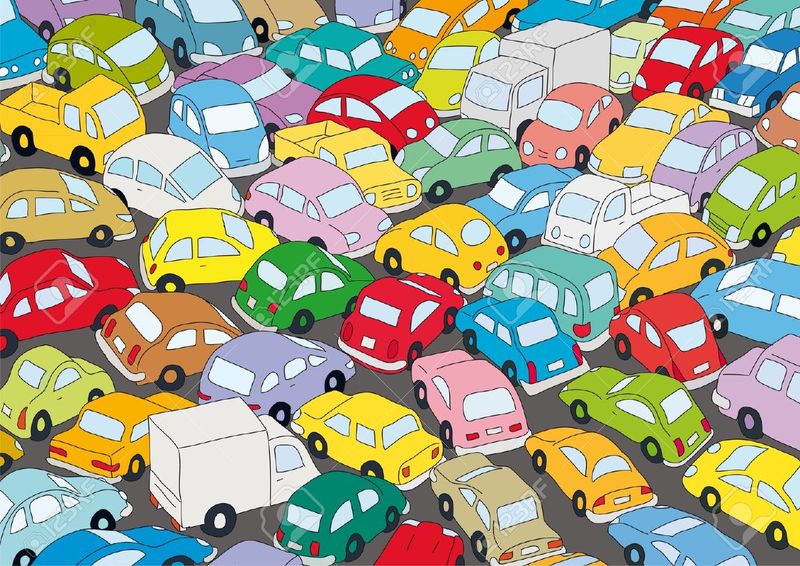 In short, back pain, weakness, delayed reaction time, worse body awareness etc!
In short, back pain, weakness, delayed reaction time, worse body awareness etc!
Areas of pain or dysfunction in the spine represent areas of irritation to the nervous system – traffic jams! Chiropractors (contentiously!) use all sorts of names for these points of irritation including joint fixation, spinal booboo, joint irritation and subluxation – I am going to use subluxation to represent these areas of irritation in the spine and poor local functional of your nerves and nervous system.
To me, a subluxation feels like tightness or restriction of a joint when I touch the spine. The small muscles that attach to individual vertebrae have become tight due to a variety of causes including injury, postural stress and overuse. The tight muscles twist the vertebrae so that certain parts of the vertebrae are more prominent and palpable as “misaligned” or “stuck”. They are usually tender to the touch, and often cause pain when the person moves in certain directions, although they don’t always experience pain at rest.
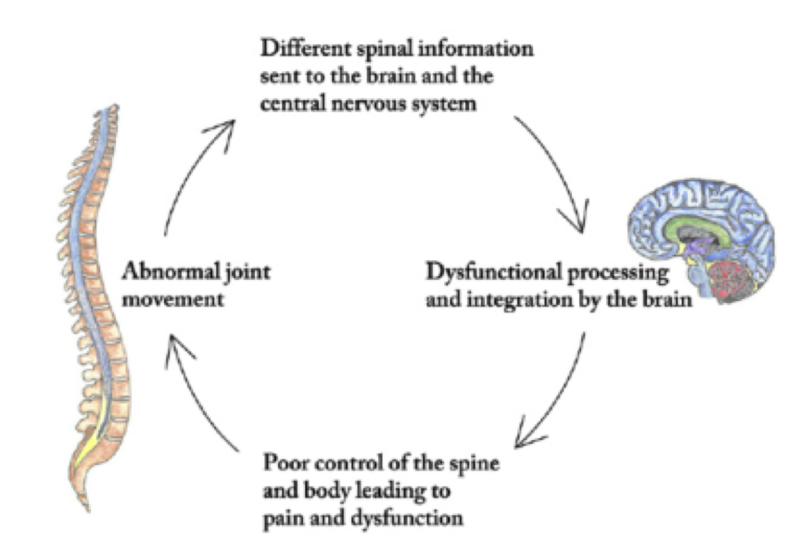 You might not feel areas of subluxation or dysfunction all the time! If you remember back to our talk about the nervous system and symptoms, we often only notice symptoms when the problem progresses to a threshold of a great enough severity to induce pain. When a chiropractor palpates your spine and finds an area of discomfort you were unaware of, they have found an area of subluxation.
You might not feel areas of subluxation or dysfunction all the time! If you remember back to our talk about the nervous system and symptoms, we often only notice symptoms when the problem progresses to a threshold of a great enough severity to induce pain. When a chiropractor palpates your spine and finds an area of discomfort you were unaware of, they have found an area of subluxation.
Abnormal feedback to the brain from an area of spinal dysfunction /subluxation alters the brains construction of its environment or inner reality – in other words, the brain does not get accurate information about how your spine and its muscles, joints, disc, etcetera components are moving. Research has shown that spinal subluxations might block signals to the brain that a spinal segment is moving way more than ‘normal’, not moving much at all, or just moving differently to ‘normal’.
Simply put, this means that if there is a stuck joint in the spine, the muscles around the joint don’t get stretched, which means the brain will not receive proprioceptive information about what is going on at that segmental level of the spine.
So how is it possible to throw your back out with the simplest of movements?
If the spine is not moved in a precise way with the correct amount of speed and force, it is more likely to be injured!
At first it may seem surprising that bending over to pick up a pen or put dishes away is a common way that people “throw their back out”. But I hope that you can now understand that if your brain is not aware of how your spine is moving in space because of nervous system traffic jams caused by subluxations, it will not be able to move the muscle, joints and nerves in the correct sequence.
 It would be like trying to walk down the street with 5 people holding hands but the person in the middle is blind folded, has ear plugs and has lost their voice. Whether you had to make a sudden or even foreseeable movement, it is going to be really hard to communicate with our “subluxated’ friend and relay any signals to stop them from falling, bumping into you or causing some sort of injury.
It would be like trying to walk down the street with 5 people holding hands but the person in the middle is blind folded, has ear plugs and has lost their voice. Whether you had to make a sudden or even foreseeable movement, it is going to be really hard to communicate with our “subluxated’ friend and relay any signals to stop them from falling, bumping into you or causing some sort of injury.
In the spine, the end result is that a muscle is pulled, a joint is jammed or a disc is torn when one vertebral segments moves uncoordinated and inconsistent with its neighbour.
Like in our Matrix analogy, we only know what is happening in and around of bodies based on the signals that our brains receive. Therefore, if your brain is not getting the correct signals because of a spina subluxation, it is difficult or dangerous over time to move around with any speed or purpose.
Because our brains are plastic – they have the ability to change and adapt at any age – a chronic state of spinal dysfunction and subluxation can become the new normal and make us more at risk to injury when the control of our spines is chronically poor and haphazard
I am biased but if it were up to me, I would prefer my nervous system traffic jam free and my back never thrown out!
– Dr Alex
PS – Why do we adjust the spine?
We adjust the spine to correct vertebral subluxations and optimize the health of your nervous system. When we correct subluxations the byproduct is a healthier nervous system: less pain, better movement, better muscle function, increased body awareness, better sleep, more strength, and a host of things you don’t even know yet… oh and less traffic jams




